Table of content
Heavy cream, a staple in both sweet and savory dishes, is prized for its rich texture and versatility. From fluffy cake toppings to creamy soups, its ability to transform into stiff peaks when whipped is a culinary marvel. However, a common question arises: Can you whip heavy cream without refrigerating it first? This query touches on the science of emulsification, fat content, and the practicalities of kitchen hacks. This article delves into the mechanics of whipping cream, the role of temperature, and alternative methods for achieving that coveted airy texture—even without access to a refrigerator.
The Basics of Whipping Cream
To understand whether refrigeration is non-negotiable, we must first grasp why heavy cream whips at all. Heavy cream, also known as heavy whipping cream, contains at least 36% milk fat. This high fat content is crucial because whipping introduces air bubbles into the cream, and the fat molecules coalesce around these bubbles, creating a stable foam. The process is delicate: overwhip, and the fat molecules separate, yielding butter and buttermilk instead of a silky cloud.
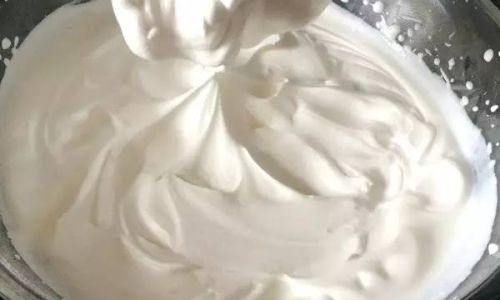
The Role of Temperature
Colder temperatures slow down the movement of fat molecules. When cream is chilled, the fat solidifies slightly, making it easier for the molecules to trap air during whipping. This is why recipes universally recommend chilling cream, bowls, and even beaters before starting. The cold environment ensures the fat remains cohesive, allowing the cream to hold its shape longer.
But what happens if you skip refrigeration? At room temperature, the fat in cream becomes softer and more fluid. This increased mobility might seem counterintuitive—after all, wouldn’t softer fat make whipping easier? Not quite. Softer fat struggles to form a rigid network around air bubbles, leading to a weaker structure. The result is often a runny, grainy texture rather than stiff peaks.
Can You Bypass Refrigeration?
The short answer: Yes, but with caveats. Whipping cream without refrigeration is possible, though it requires adjustments to technique, tools, or ingredients. Below, we explore scenarios where refrigeration might be impractical—such as camping, off-grid living, or emergency baking—and how to adapt.
Accelerated Chilling Methods
If you have access to ice or cold water, you can create a makeshift refrigeration system. Fill a large bowl with ice cubes and a bit of water, then nestle your mixing bowl (filled with cream) inside. The ice bath will lower the cream’s temperature rapidly, mimicking refrigeration. This method is effective but requires advance preparation and access to ice.
Using a Whisk Instead of a Mixer
Hand-whipping cream generates less friction than electric mixers, which can overheat the cream. By whisking vigorously but steadily, you introduce air without raising the cream’s temperature excessively. This method is labor-intensive but feasible in a pinch.
Adding Stabilizers
Stabilizers like powdered sugar, cornstarch, or gelatin can compensate for the lack of refrigeration. These ingredients absorb excess liquid and reinforce the fat structure. For example:
- Powdered Sugar: Adds sweetness and a touch of cornstarch to prevent weeping.
- Gelatin: Dissolved in cold water and gently incorporated into warm cream, it creates a gel-like matrix that holds peaks.
- Mascarpone or Cream Cheese: Mixing a small amount of these tangy, high-fat dairy products into unchilled cream can thicken it without whipping.
High-Fat Alternatives
If refrigeration is impossible, opt for cream with a higher fat content (40% or more). The extra fat compensates for the instability caused by warmth. Ultra-pasteurized cream, while less ideal for whipping due to its processed nature, may also hold up better at room temperature.
Experiments and Comparisons
To test the viability of non-refrigerated whipping, we conducted a side-by-side experiment:
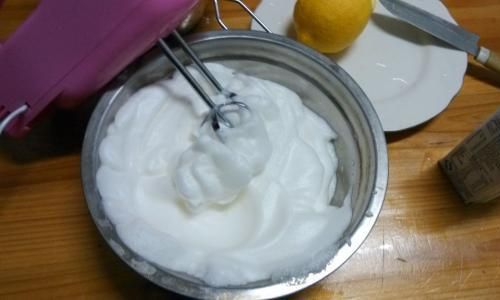
- Control Group: Chilled heavy cream (4°C/39°F), whipped with chilled beaters and a stainless steel bowl.
- Test Group: Room-temperature cream (24°C/75°F), whipped with the same tools.
Results:
- The control group achieved stiff peaks in 2–3 minutes, with a smooth, glossy texture.
- The test group took 5–6 minutes to reach soft peaks, but the texture was grainy, and the peaks collapsed within minutes.
Conclusion: Without refrigeration, whipping is slower and yields a less stable product. However, by incorporating stabilizers or high-fat additives, the texture improved marginally.
Cultural and Historical Context
The reliance on refrigeration for whipping cream is a modern convenience. Historically, cooks used ice houses, cellars, or even snow to chill dairy. In tropical climates, traditional recipes often rely on coconut cream or other stable fats for whipped toppings. For example, in Southeast Asia, “santan” (coconut cream) is whipped with sugar and pandan leaf for desserts, bypassing dairy entirely.
When Refrigeration Isn’t an Option: Creative Solutions
- Camping or Outdoor Settings: Use a thermos filled with ice to chill cream en route. Alternatively, pack cream in a cooler with frozen gel packs.
- Power Outages: If your refrigerator fails, prioritize chilling bowls and beaters in a freezer (if operational) or use a hand crank ice cream maker as a makeshift chiller.
- Emergency Baking: Substitute whipped cream with stabilized alternatives like stabilized whipped cream (with gelatin) or mock whipped cream made from chilled evaporated milk.
The Science of Fat Globules and Emulsion
Heavy cream is an emulsion—fat globules dispersed in water. Whipping disrupts this emulsion, causing fat globules to collide and form a network. Cold temperatures keep fat globules rigid, facilitating this collision. Without refrigeration, the globules remain pliable, leading to slower, less efficient network formation.
Troubleshooting Non-Chilled Whipping
- Overwhipping: Even at room temperature, overwhipping will curdle cream. Stop as soon as soft peaks form.
- Temperature Fluctuations: Avoid whipping in humid or overly warm environments, as moisture weakens the foam.
- Tool Selection: Use narrow, tall bowls to minimize splashing and maintain a consistent temperature.
Conclusion
While refrigeration significantly simplifies the process of whipping heavy cream, it is not strictly mandatory. With creativity, stabilizers, and adaptability, you can achieve a passable whipped texture even without chilling. However, the results will never match the stability, volume, or silkiness of refrigerated cream. For critical applications like layered cakes or delicate pastries, refrigeration remains indispensable. In everyday cooking, though, a pinch of improvisation can turn a hypothetical “can’t” into a resourceful “can.”
The next time you face a dairy dilemma without a fridge, remember: a bit of science, a dash of patience, and a willingness to experiment can transform a kitchen challenge into a culinary triumph. Whether you’re whipping cream over a campfire or in a power-outage kitchen, the principles of emulsion and fat structure remain your allies—chilled or not.
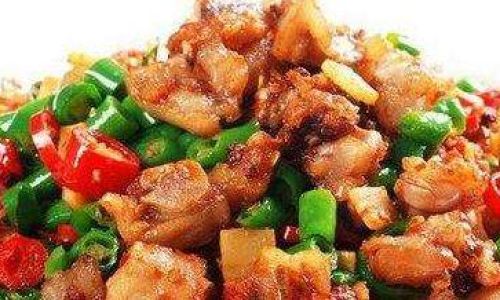

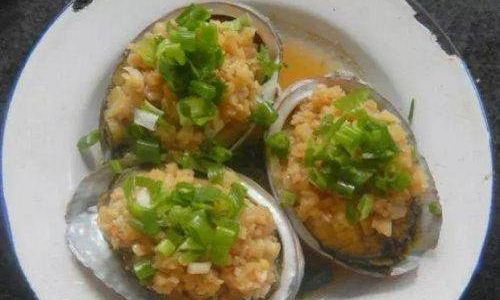
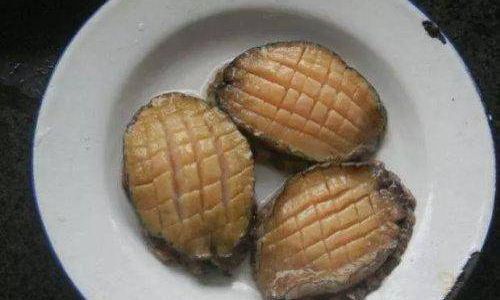
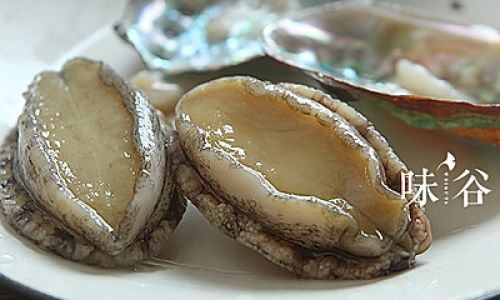
0 comments